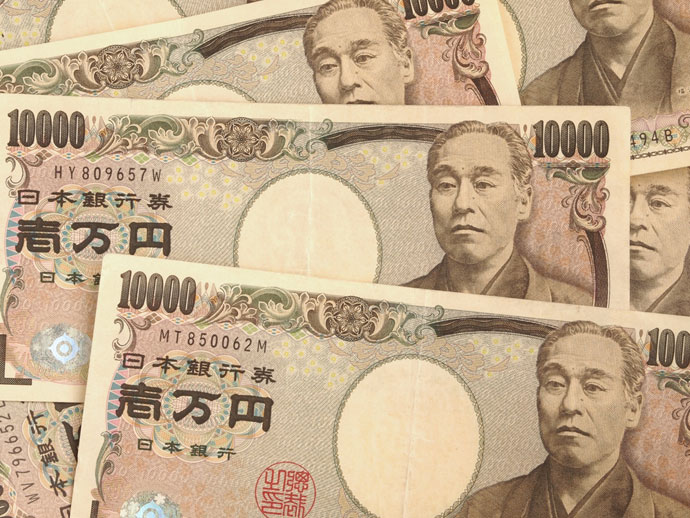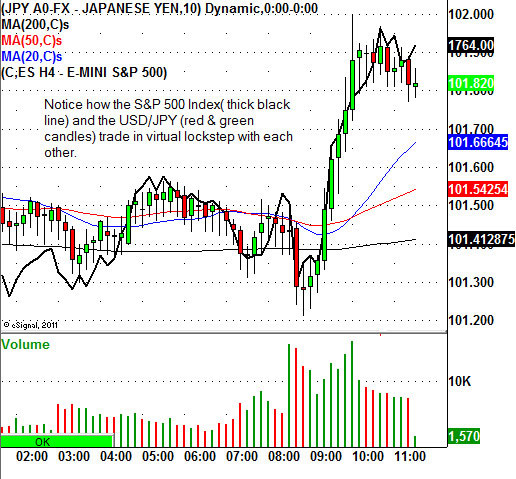Your Eyes Should Be Glued to The Currency Market
If you ask any trader or investor what is the most important currency to follow, they would probably say the U.S. Dollar. After all, the U.S. Dollar is the world’s reserve currency. If someone in Asia, or Africa wanted to buy a barrel of oil they would need to convert their money into U.S. Dollars in order to pay for that barrel of oil. Almost every major commodity is traded in U.S. Dollars, so it is understandable why the U.S. Dollar should be followed. If a trader or investor trades the U.S. Dollar Index, they are trading the U.S. Dollar verse a basket of six other major currencies, including the British Pound, Euro, and the Japanese Yen.
Do you know which currency is most important that trades against the U.S. Dollar at this time?
At this time, the most important currency pair in the market is the U.S. Dollar verse the Japanese Yen (USD/JPY). That is right, the Japanese Yen is the key to the stock market at this time. When the USD/JPY chart moves higher it means that the Japanese Yen is moving lower. So why would a weaker Japanese Yen help the major stock indexes in the United States move higher? This is a good question, the answer is that the large financial institutions have a highly leveraged bet that Japan will continue to print more and more money to try and create inflation. Since the late 1980’s Japan has suffered from deflation. In 2012, the Japanese government and the Japanese central bank have vowed to implement easy money policies like the Federal Reserve to try and create inflation. The big hedge funds are aware of this, and now they are all in on this bet of selling short the Japanese yen, or basically buying USD/JPY.
Recently, the Japanese Yen has strengthened against the U.S. Dollar. So is it any surprise why the U.S. stock markets have been tumbling lower lately? This currency pair (USD/JPY) is literally moving the stock market in the United States and Europe. Just look at any chart of the USD/JPY and the S&P 500 Index and you will see how the two charts basically trade in lock step with each other. You see, if the USD/JPY chart falls or declines (yen strengthens against the dollar) the leveraged institutional money can no longer buy the S&P 500 Index, Dow Jones Industrial Average, or any other major stock index. It is all based on market liquidity and a leveraged trade. All eyes should be glued to the USD/JPY chart as it tells us everything we need to know at this time.
Disclosure: This article is written by Nicholas Santiago. Nicholas Santiago is a co-founder of In The Money Stocks. Nicholas Santiago and In The Money Stocks represent that Nicholas Santiago does own physical gold and silver at the time the article was submitted.









































